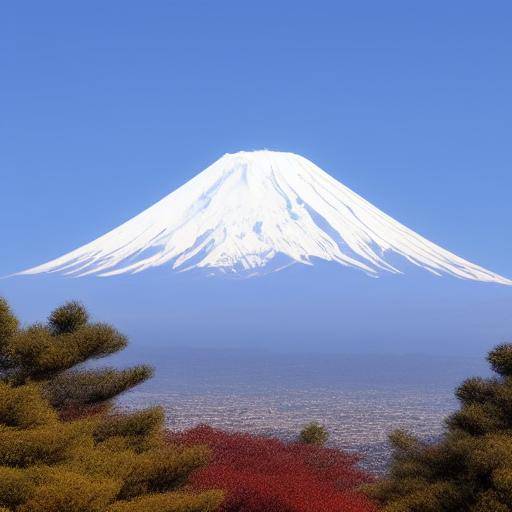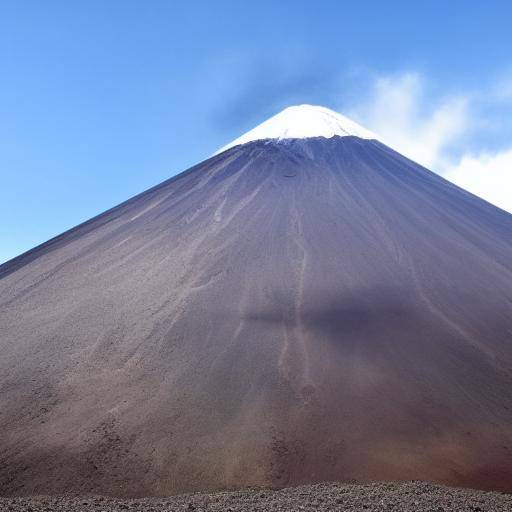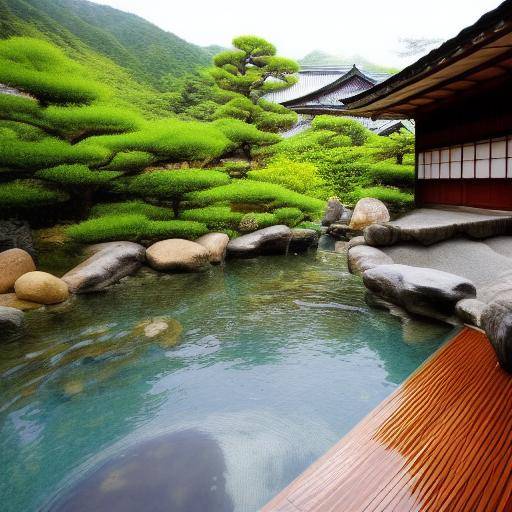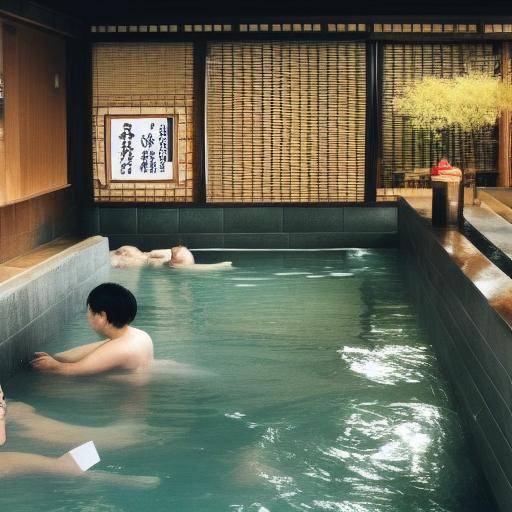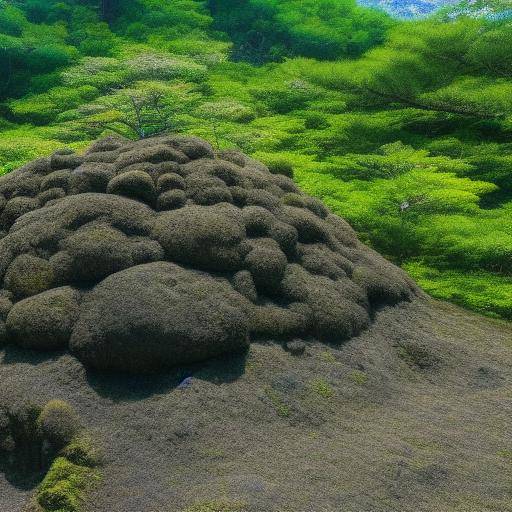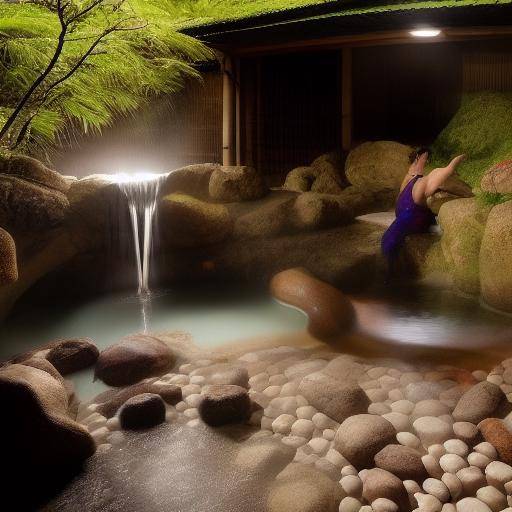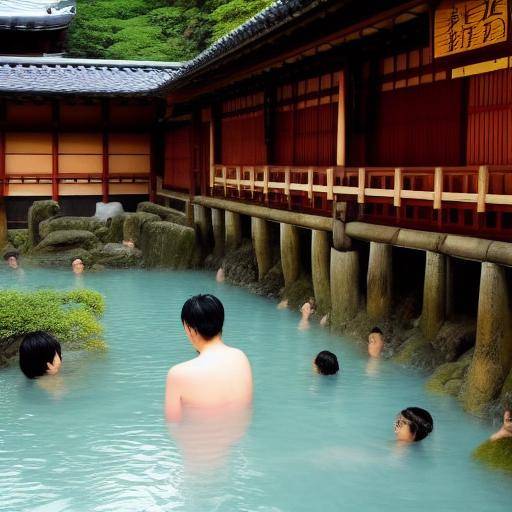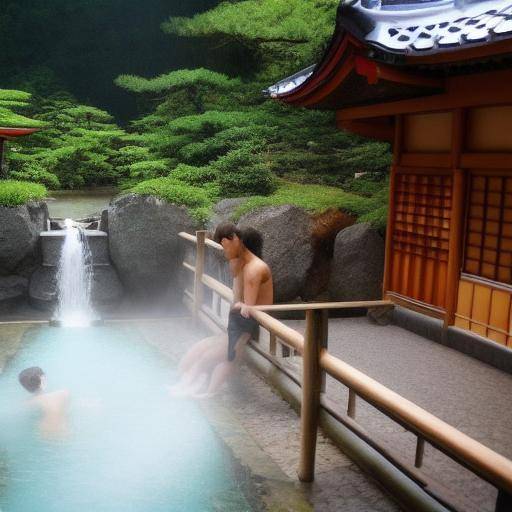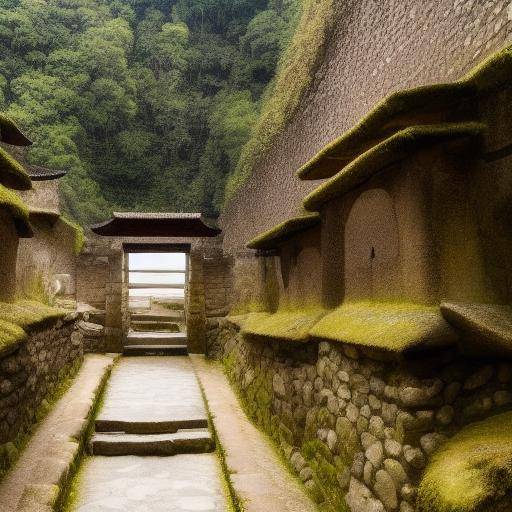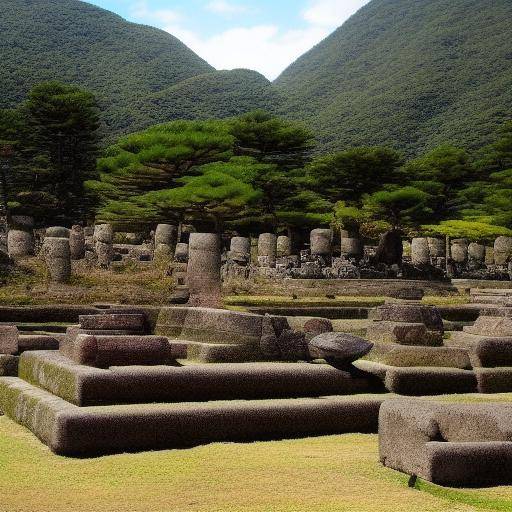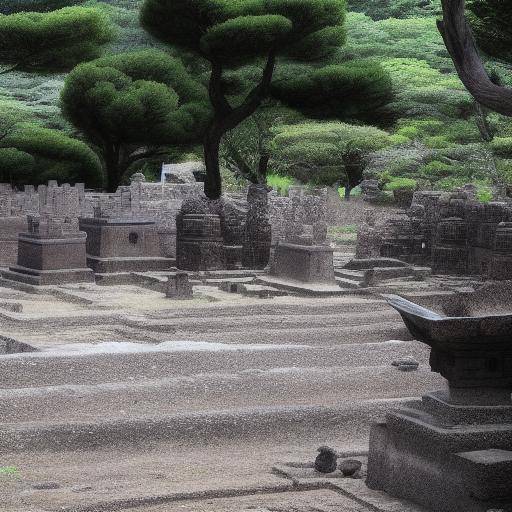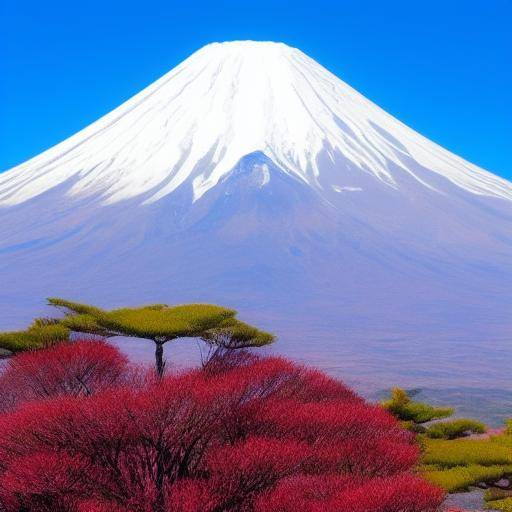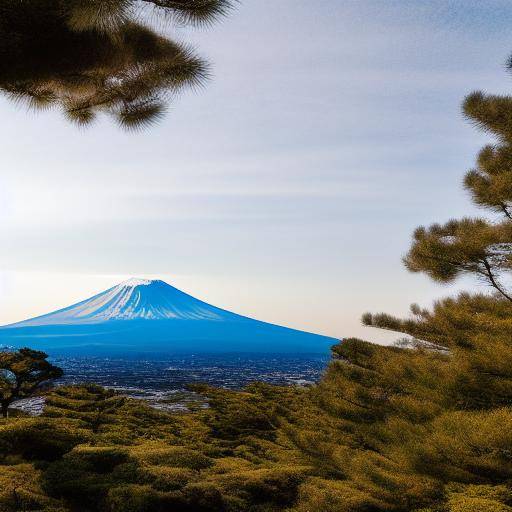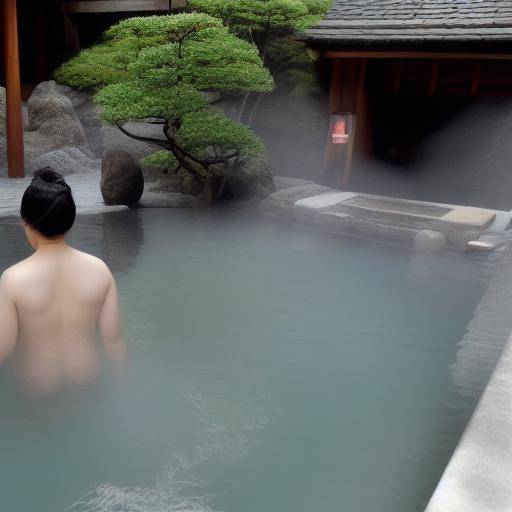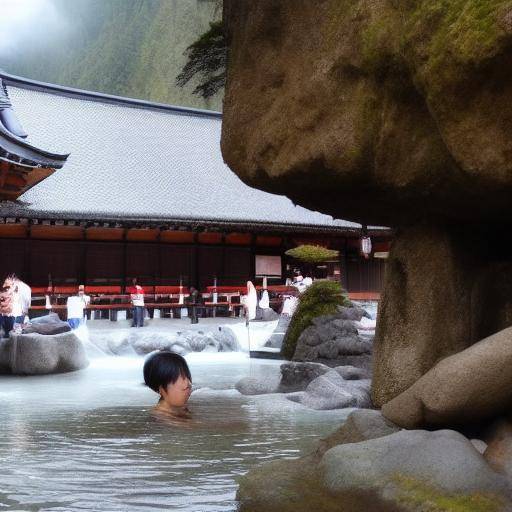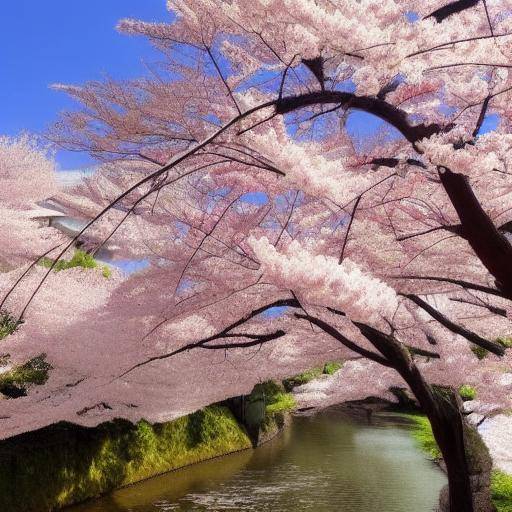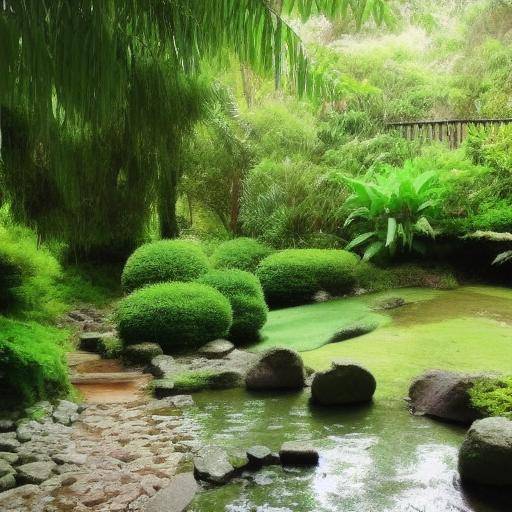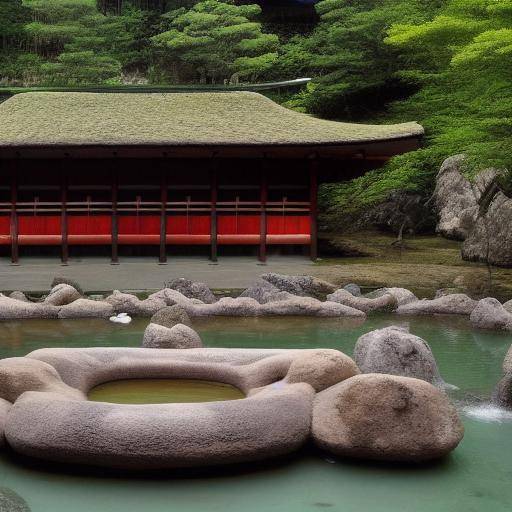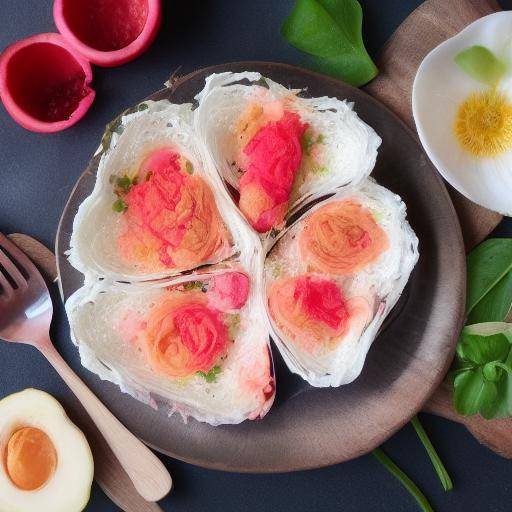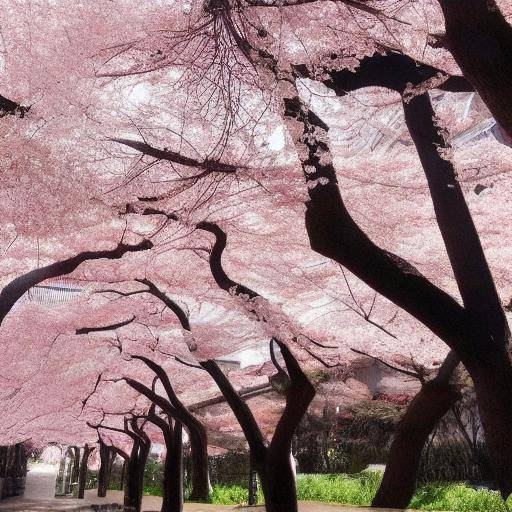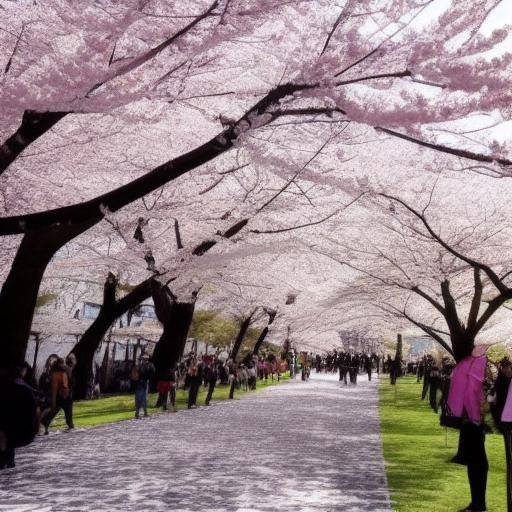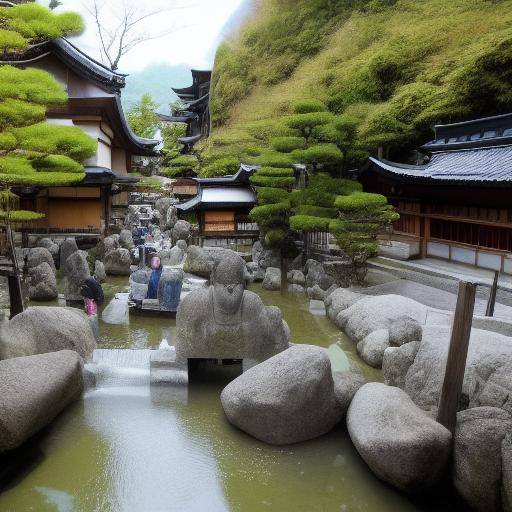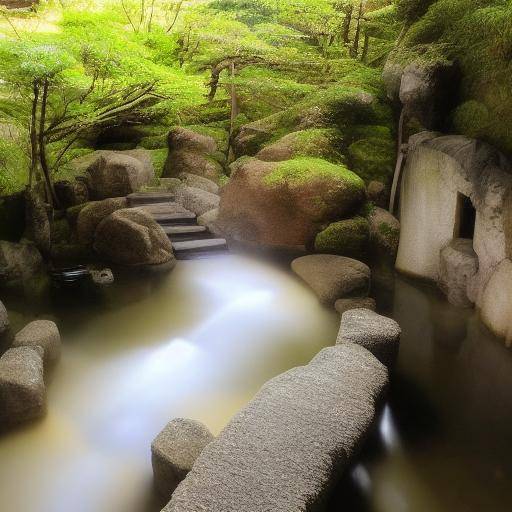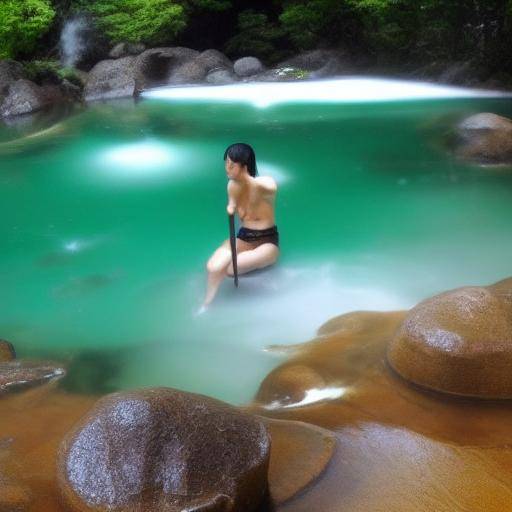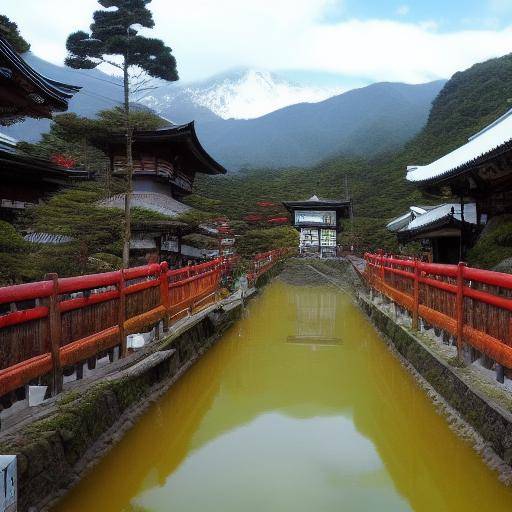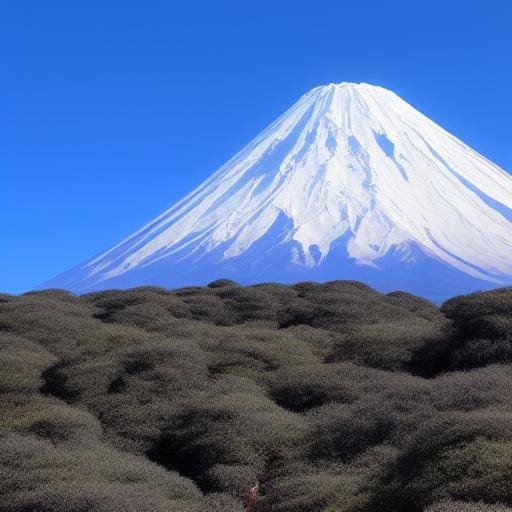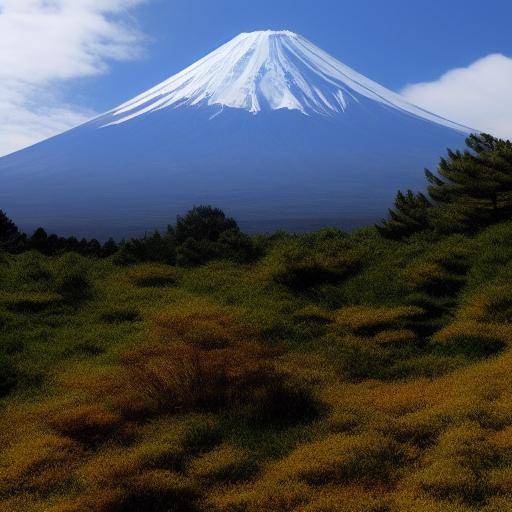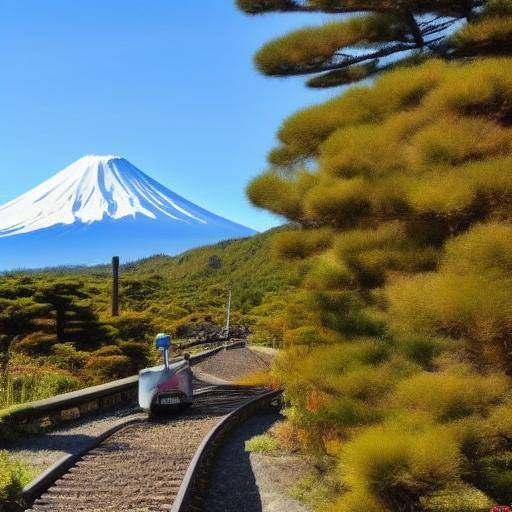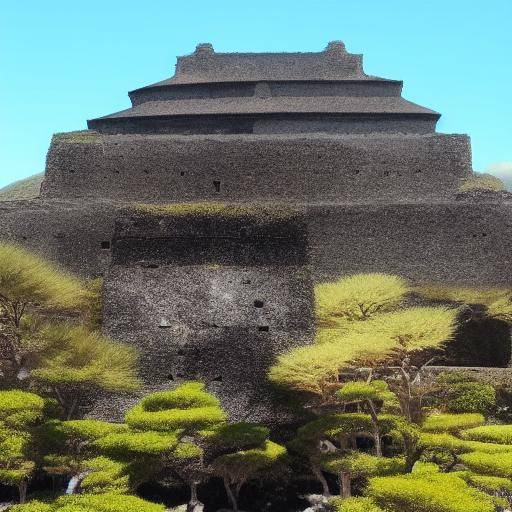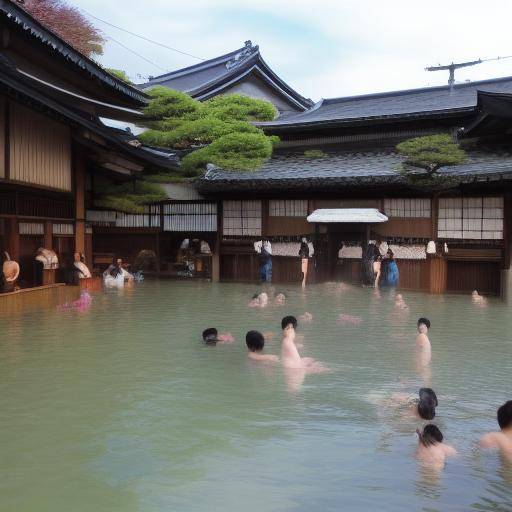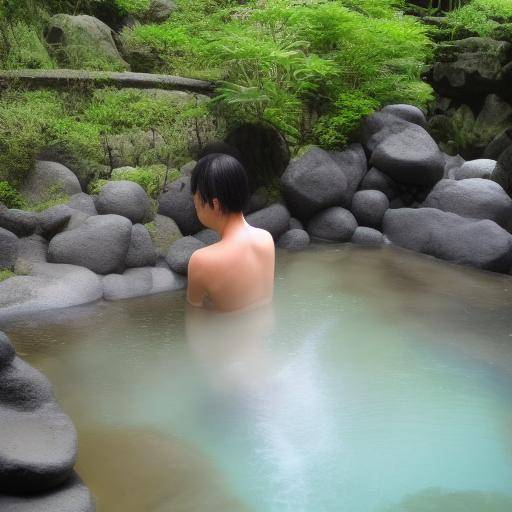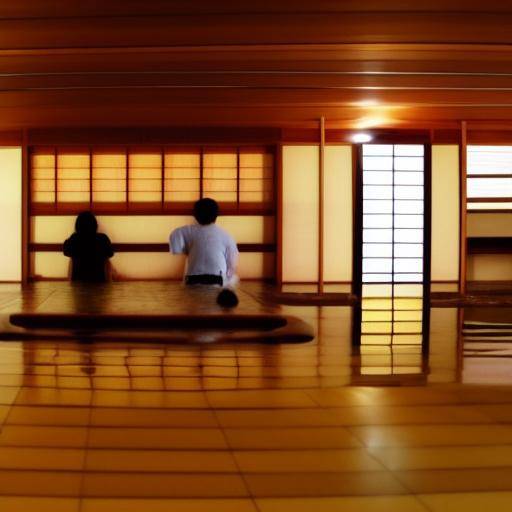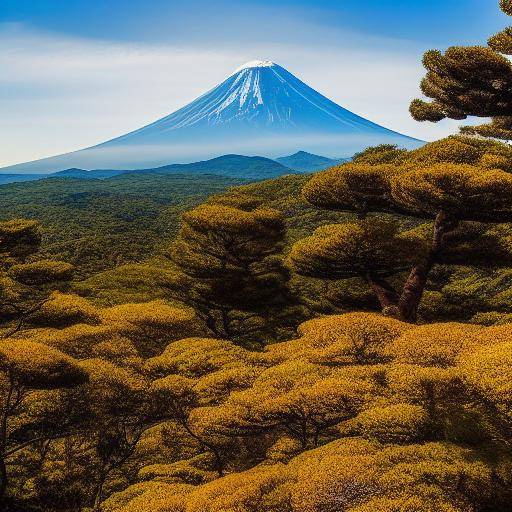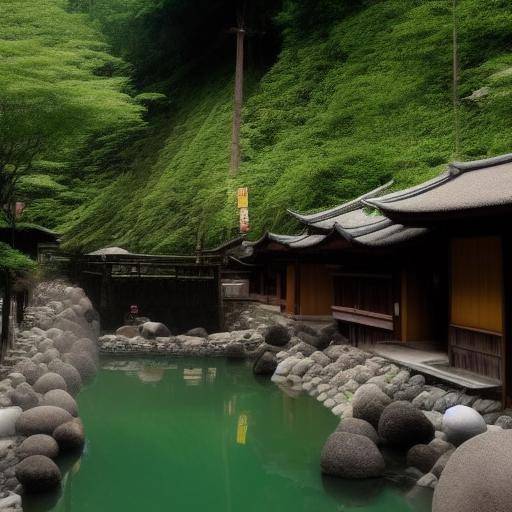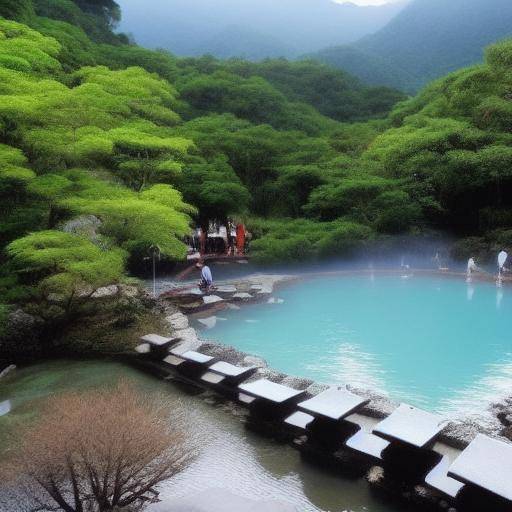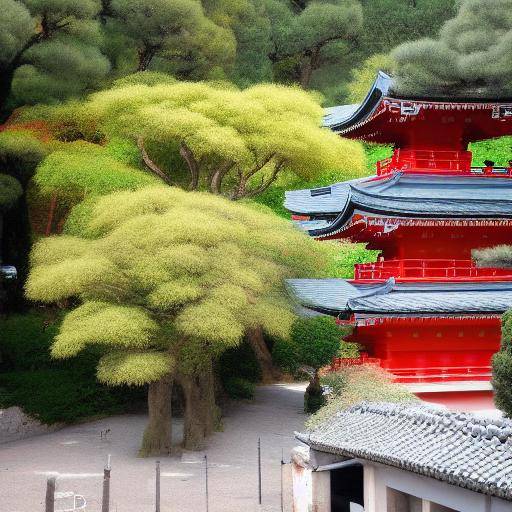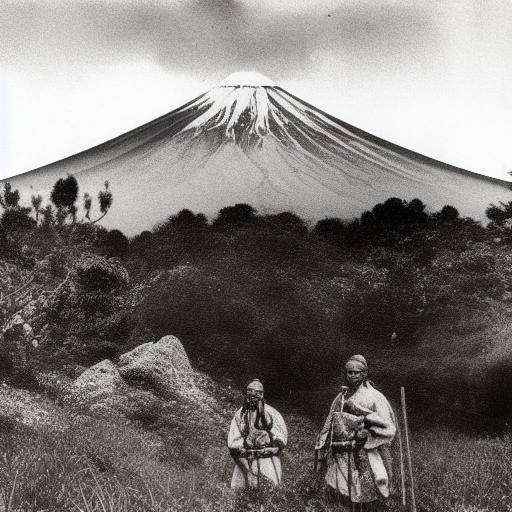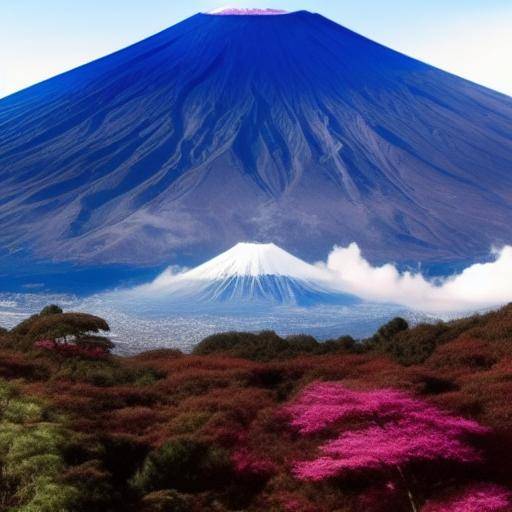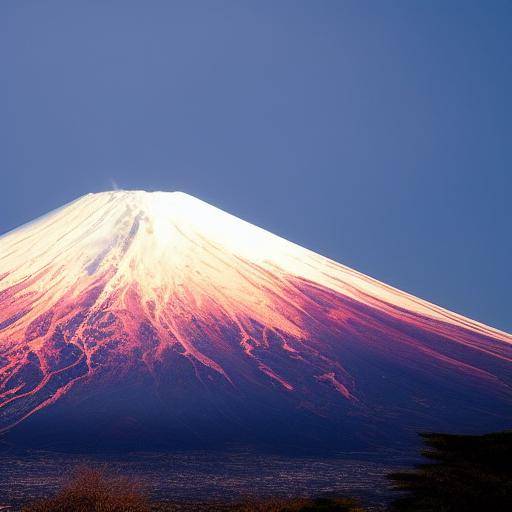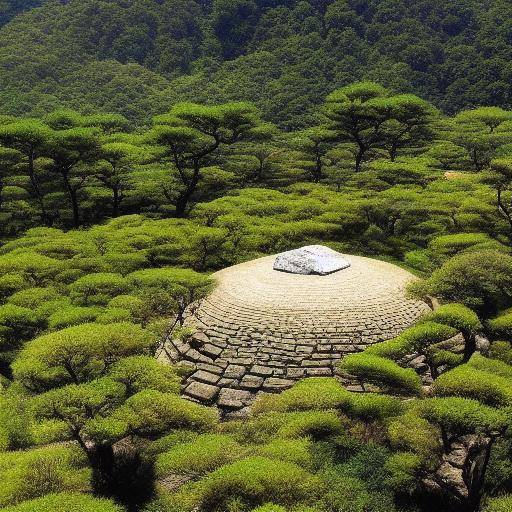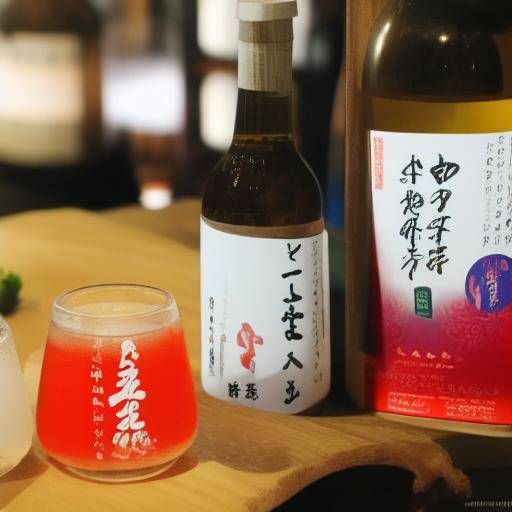
The sake is one of Japan's most venerated traditional drinks, rooted in a rich history and expressed through a careful craftsmanship. Discovering the sake route in Japan is getting into a world of tradition and taste, which combines the spirituality of Nipona culture with the culinary mastery that has transcended borders. In this article, we will explore the fascinating history, the meticulous elaboration and the exciting sensory journey of sake in Japan.
Introduction
The sake, also known as "nihonshu" in Japan, is not simply an alcoholic drink; it is an art in itself. Each sip awakens the senses with its unique taste and deep connection to Japanese culture. On this journey, we will reveal the mysteries surrounding sake, exploring its origins, its evolution over time and its role in modern society. Prepare to discover the essence of Japan through sake, from its old roots to its contemporary innovations.
History and Background
Origen of the Sake
The sake has its roots in Japan's antiquity, rising to more than 2000 years in the country's history. The ancient tradition of making sake is based on rice, water and koji, a fungus that breaks down rice starch in fermentable sugars. The first vestiges of this drink go back to religious rituals and sacred ceremonies, where sake was considered a means to connect with the gods and purify the human spirit.
Evolution along Time
Over the centuries, sake has experienced significant evolution, from its role as a ritual offering to become an emblematic drink of Japanese culture. During the Edo period (1603-1868), the creation of the "sake of quality" marked a milestone in the history of this drink, leading to more refined processing methods and advanced fermentation techniques. The sake, once considered a ritual drink, became a central element of everyday life and festivities in Japan.
Innovation and Modernity
With the advent of the modern era, the sake industry has experienced an innovative reinvention. The brewers have integrated advanced technologies to improve the quality and efficiency of sake production. In addition, new styles and variations have been explored to satisfy contemporary tastes, always maintaining respect for tradition and crafts that define Japanese sake.
Detailed Analysis
Sake benefits and challenges
The sake not only delights the palate, but also offers health benefits due to its natural and subtle aromatic profile. However, the preservation of traditional production techniques faces challenges in the modern world, where demand for artisanal sake competes with large-scale production.
Current trends and prospects Futures
Today, sake is experiencing a world-wide rebirth, with a growing appreciation for its crafts, diverse styles and culinary pairings. Meanwhile, sake producers continue to innovate, opening up new possibilities for the industry and cultivating a new generation of sake lovers around the world.
Exhaustive examination
Applications and Best Practices
The sake is not only enjoyed as a unique drink, but it has also become a versatile ingredient in high cooking, merging the Japanese tradition with global culinary influences. The sake pairings with gourmet dishes are a manifestation of harmony between the art of food and drink.
Perspectives of Experts and Industry
Getting closer to the sake world implies the opportunity to know the opinions of experts and industry leaders. Their visions and knowledge reveal the emerging trends, current challenges and opportunities that await the sake lovers and the restoration professionals.
Comparative analysis
Sake, Japan and Traditional Beverages
The comparison between sake, Japan and other traditional drinks highlights the uniqueness of Nippon culture and its deep connection with nature and crafts. While sake embodies Japan's spiritual essence, other traditional drinks reveal the diversity and cultural wealth that permeates the history of humanity.
Practical Tips and Accessible Recommendations
Tips to Enjoy the Sake
When exploring the sake route in Japan, it is essential to know some practical tips to fully enjoy this sensory experience. From choosing the right sake to the way you serve it and pair it, the following tips will help you delight with each sip of this precious drink.
- Invest in different styles of sake, from sweet and soft to dry and robust, to discover your preferences.
- Opt for premium sake to appreciate the crafts and superior quality that distinguishes it.
- Experience with culinary pairings, as sake can enhance the taste of a wide range of dishes, from sushi and sashimi to meat and cheese dishes.
Conclusions and FAQs
Conclusions
The sake route in Japan reveals a captivating journey through tradition and the flavor that defines this legendary Japanese drink. From its ancestral beginnings to its global influence on gastronomy and culture, sake offers a vibrant universe of knowledge and pleasure. Dive into the history, art and passion that lie behind every bottle of sake, and be enveloped by its incomparable essence.
Frequently asked questions
What is the difference between sake and other traditional alcoholic beverages?
The sake is distinguished from other traditional alcoholic beverages due to its processing process, which involves the fermentation of rice and the use of koji. This gives it a unique taste and a soft texture, distinguishing it from liquors like wine or beer.
What is the right way to serve and enjoy sake?
The sake is ideally served in small glass or ceramic cups, and is best appreciated when you drink slowly to savor your aromatic and tasteful nuances. You can enjoy both hot and cold, depending on the type of sake and personal preferences.
What are the health benefits associated with moderate sake consumption?
The sake, like other wines, has natural antioxidants and beneficial compounds for cardiovascular health. The moderate consumption of sake can contribute to the health of the heart and provide general well-being, as long as it is consumed with responsibility.
How can you distinguish between different styles and sake qualities?
The different styles and qualities of sake are distinguished by their flavor, aroma, color and method of elaboration. The label of each bottle provides detailed information about its category, rice polishing percentage and sweetness level, allowing sake fans to make informed choices.
What is the cultural role of sake in Japan?
sake plays a central role in Japanese traditions and holidays, an expression of hospitality and celebration. He is considered a sacred drink in rituals and ceremonies, and symbolizes the harmony between humanity and nature in Japanese culture.
What are the current trends in sake production and consumption?
Current trends in the production and consumption of sake include the revitalization of artisanal techniques, the exploration of innovative culinary pairings and the expansion of global appreciation for this traditional Japanese beverage. In addition, there is an increase in the demand for premium sake and the creation of new varieties to attend to a diverse international audience.
With its fascinating history, its meticulous elaboration and its unmistakable taste, sake represents Japan's cultural heritage in every sip. This drink exudes the very essence of tradition and crafts, connecting past generations with the modern world through its exquisite presence at the table. Discovering the sake route in Japan is honoring a centuries-old tradition and living a senseless experience.
As we explore the world of sake through its origins, development, cultural influence and practical advice, it is clear that its power to captivate and enrich the palate and spirit transcends borders and generations. With every bottle of sake, a universe of history, tradition and respect for the mastery of the sake making is unfolded, reminding us that the essence of Japan flows through its most precious drink.
Reading time: 13 minutes.

